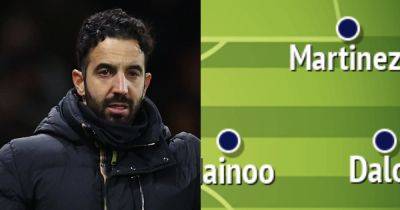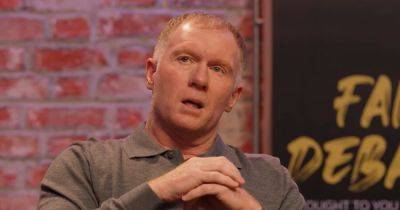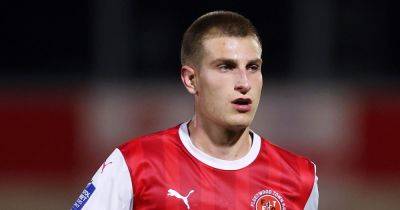How Amad recovered from two setbacks to become one of Manchester United's most important players
It was not even nine months ago that Erik ten Hag had no intention of playing Amad in the FA Cup semi-final against Coventry. Ten Hag was only railroaded into it through Marcus Rashford's substitution in added time.
Amad entered almost without being noticed. Thousands of Manchester United supporters, incandescent at the team's collapse from 3-0 to 3-3, barracked Rashford while Sky Blue fans were floating towards the sky in a state of delirium.
Ten Hag effectively bracketed Amad with the academy whippersnappers on the bench: Omari Forson, Habeeb Ogunneye, Harry Amass, Louis Jackson and Ethan Wheatley. Forson had failed his audition against Fulham in February when he unfathomably started ahead of Amad.
Whilst attempting to convince the power brokers that they should stick with him, Ten Hag singled out the Coventry farce, a match where he was a toenail away from a potential sacking that night. He absolved himself of any blame, pinning the 19-minute capitulation on the fragile players. The bench was so depleted, he protested, that he felt he effectively had only two senior substitutes.
The next time United were back at Wembley against light-blue shirted opponents, there was a credible case to play Amad. He had finally earned an overdue first meaningful Premier League start against Arsenal and scored in the home win against Newcastle three days later.
One of the most celebrated images from United's 13th FA Cup win was of Amad, Alejandro Garnacho, Kobbie Mainoo and Rasmus Hojlund posing with the trophy. The giddy and the gullible believed they represented United's future.
Hojlund, dropped for United's run-in, hung off the coattails of poster boys Garnacho and Mainoo. All three have endured troughs this season but not Amad. His








